One third of marketers believe personalization will be the most important trend in the future.
That’s ‘cause 86% of consumers say it informs their purchases.
But there’s a problem.
Because less than 10% of marketers believe they’re “highly effective” at it.
That’s because slapping on “Hey $FNAME” to an email before it heads out the door ain’t personalization. Those days of half-assing it are long gone.
In other words, the trends aren’t wrong. Our approach is.
Here’s how to truly personalize your marketing messages to cut through the clutter.
Trillions of Emails: Why Your One-Off Campaigns Aren’t Performing
Email marketing has long been the most cost-effective channel online, delivering $38 for every $1 spent and besting social channels by 40X in acquiring new customers.
That success hasn’t gone unnoticed. And now email is under siege and in danger of collapsing on itself; the very definition of killing the golden goose.
Trillions of emails are sent daily, adding up to 140 per person, per day. Most of it unwanted, and unasked for ‘graymail’.
Email’s gotten so tough and so competitive, that sending it isn’t the hard part: getting it delivered in the first place is.
Consumer behavior has also evolved.
Instead, consumers today bounce around across multiple channels on multiple devices. It isn’t linear, but sporadic and all over the map. That’s why people routinely require 7-13+ touches prior to purchase.
All of this means a few things.
First, the likelihood of a single email campaign generating a sale has decreased. Same goes for a single ad. Or a single direct mail piece.
Instead, think of those things and links in a chain. They gotta add up over time if they’re gonna work. The day’s of one-and-done promotion are history.
And second, it means that a broad trend like ‘personalization’ can’t be isolated to only email.
Instead, it needs to be applied across channels and devices, mirroring the exact actions your customers are already taking.
Case in point: look at what happens when you combine Facebook ads and email (only two channels, mind you).
Facebook and Salesforce performed an experiment, targeting ads and emails to 565,000 subscribers.
There was a group of people who only opened the emails. A group who only saw the ads. And then a ‘combined’ group that saw both.
Let’s take a wild guess about which of those three groups were more likely to purchase?
Unsurprisingly, the third ‘combined’ group that saw both emails and ads were 22% more likely to purchase.
That wasn’t the only benefit though.
Combining Facebook ads with email (by linking your CRM data) also helped, “extend email campaign reach by 77%.”
Facebook’s VP of Global Partnerships, Blake Chandlee, had this to say:
“The combination of CRM (customer relationship management) data and Facebook targeting truly powers targeted reach at scale to create effective marketing campaigns. We expect to see great results as marketers continue to pair Facebook custom audiences with both email marketing and direct-mail campaigns.”
Incredibly, the former Director of Content and Global Research at Salesforce Marketing Cloud (and winner of the longest-vague title award), Kyle Lacy, admitted that, “Targeting, messaging and measurement aren’t typically coordinated across email and advertising”.
It isn’t. But according to these stats, it should be.
So why isn’t it, then?
According to an Experian survey, the top challenges to executing personalization were “gaining insight quickly enough” and issues with “having enough data” or dealing with “inaccurate data”.
So let’s start there.
Because segmentation is the foundation for personalization.
Building the Foundation for the Future of Marketing
Wanna know what the future of marketing looks like?
- It’s an ever-evolving homepage based, with personalization navigation and calls-to-actions, based on who someone is or if they’ve been there before.
- It’s adding potential prospects to carefully crafted promotion sequences when they do something that signals intent.
- It’s changing or updating opt-in examples to better match the vertical and profession someone identifies with.
Sounds great in theory, right?
But how would you do it? Practically.
You could pull in which pages a visitor has seen recently. You can piece together information that someone’s given you (while filling out different forms or sales pages). And you can determine if (or what, specifically) people have purchased in the past.
This isn’t theory. It’s reality. It’s what savvy marketers like Brennan Dunn are already doing.
It’s segmentation 101. But applied across all customer touch points that you can influence. And it all stems from having a centralized, (organized) database.
Amber Kemmis from SmartBug Media likens advanced techniques like ‘progressive profiling’ to dating. It’s about gathering information, slowly at first to not appear pushy or overbearing, before eventually piecing together a bunch of feedback and information into one rich backstory of who that person is.
And more importantly, what they want.
Brennan’s been able to use these techniques to zero-in on not what someone’s background might be, but what type of solution they’re looking for (that you can turn around to sell them).
So while some might be fine with basic tutorials, others desire hand-holding one-on-one help.
That’s how you know what to sell someone. That’s how you know what campaign they might be interested in receiving. That’s how you know what messaging should be used across your emails, ads, and on-site messages to them.
Along each-and-every “customer centric success milestone” you have. Each major activity inside of your app or on your website is instrumented and tailored for the individual.
Sounds great. Again, in theory. But how do you do it?
Start By Segmenting Your Audiences
Personalized marketing delivers the right message to the right person at the right time.
That means existing customers might see a discount to upsell a recommended product. Leads get educational content to nurture their trust and develop urgency. While brand new, first-time visitors get a simple overview video.
All of this ‘stuff’ is delivered intelligently, automatically, based on filters and criteria you’ve already set-in-motion.
That all starts with where, specifically, someone is coming from.
Funnel segmentation refers to creating unique pages and messaging for people based on the marketing campaign or traffic source that’s delivering them to your website.
There are a few reasons why you’d go to this extra effort.
The first is that different groups of people are looking for different things. ‘Cold’ traffic from an ad might be looking for generic information, while ‘warm’ visitors from your email newsletter might be looking to purchase.
Segmenting your audience, and therefore, what information they see on your site, better aligns with their own expectations (and more predictably delivers a good experience that encourages them to continue giving you a shot at their business).
There’s a second practical reason though. It costs less.
Jacob Baadsgaard from Disruptive Advertising found that a single point increase in your AdWords Quality Score can decrease Cost Per Conversions by 13%. The inverse is also true, where a decrease in your Quality Score raises your Cost Per Conversion.
One of the key ingredients behind your Quality Score is ‘message match’, or how well your ad text and landing pages line up with what visitors are looking for.
Guess what? Same thing happens over on Facebook too, where ad costs are driven up-or-down by your Relevance Score. A higher score just-so-happens to line up with a lower Cost Per Click (and better Click Through Rate).
And Facebook is now spreading its algorithm over to Instagram feeds. So guess what’s gonna happen there too?
So continuing the same messaging throughout a visitor’s site session doesn’t just deliver a better experience (increasing the likelihood of conversions), but also brings down ad costs as well.
Kissmetrics’ Engage product let’s you set specific audience segmentation rules based on the specific campaign source, referral, or type of traffic source.
And then you can carry that messaging throughout your website. So if someone came to your site because they searched for “men’s chukka boot discount”, and clicked on an ad that featured a 10% discount, you can customize CTA’s – all across your website, on every single page – with the same exact 10% discount for those “men’s chukka boots” they were looking for.
These don’t have to be standard (and ignored) overlay lightboxes either. Those are great for certain circumstances. But they could only hurt and derail someone who’s intently looking for that specific pair of boots.
That’s where your messaging style needs to changed based on the objective and person.
For example, Overstock uses a simple drop down at the top of the page to overcome possible objectives like unexpected shipping costs (which we’ll come back to in a second).
You can even A/B test messaging around different actions and events to quickly compare how these campaigns stack up.
Like, for example, triggered-events.
Now Tailor Activities Based on People’s Behavior
Average website conversions hover around a depressingly low single-digit rate.
One reason, is because the vast majority of people – nearly 75%! – routinely abandon shopping carts online.
Maybe they really were just browsing. Or maybe they were “presented with unexpected costs” like this Statista survey says.
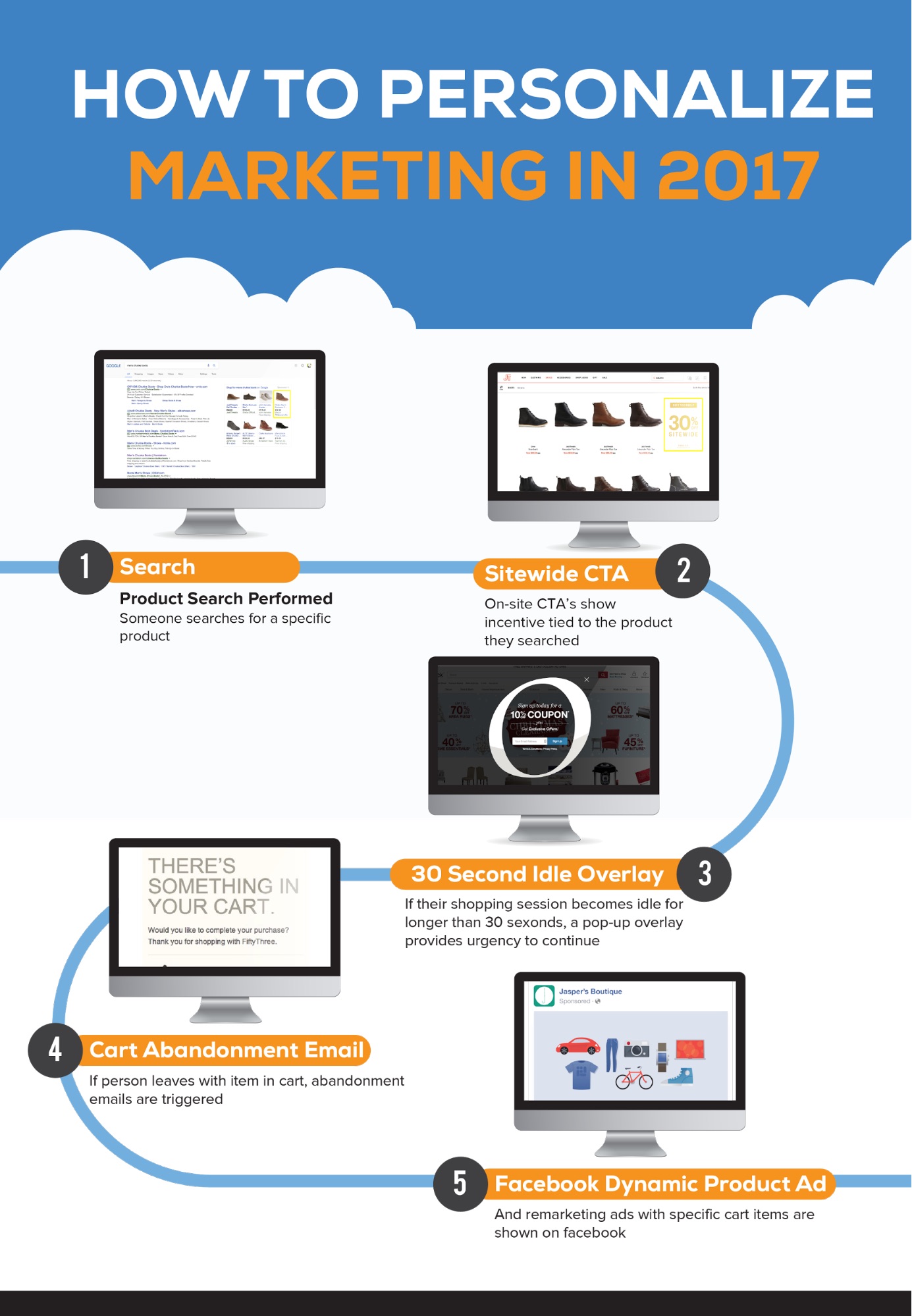
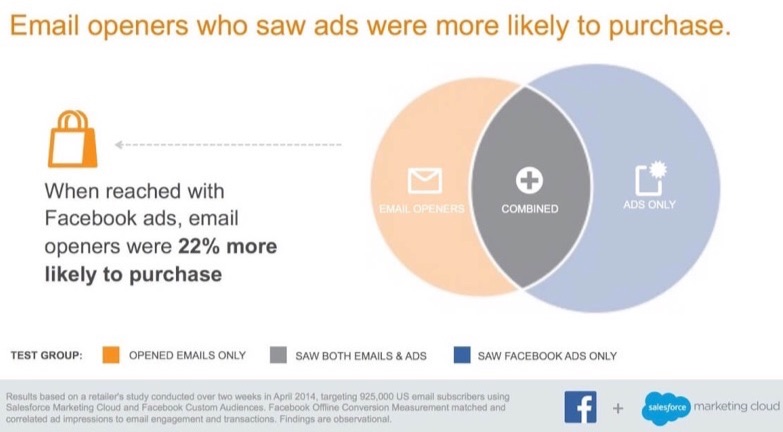
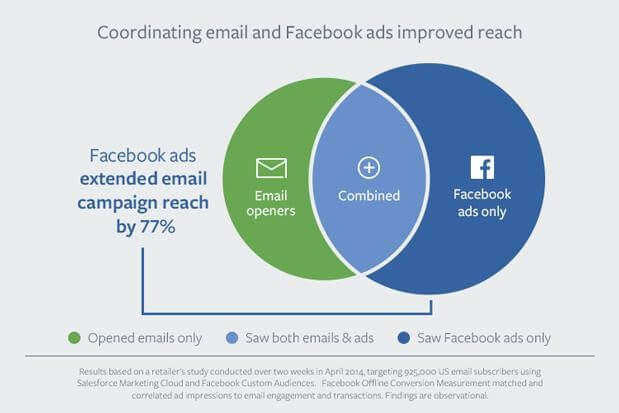
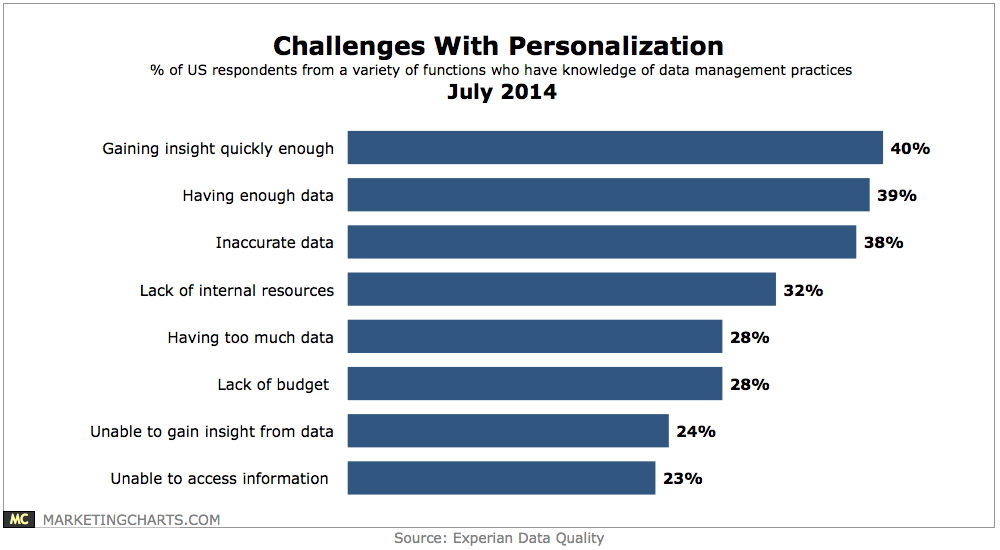
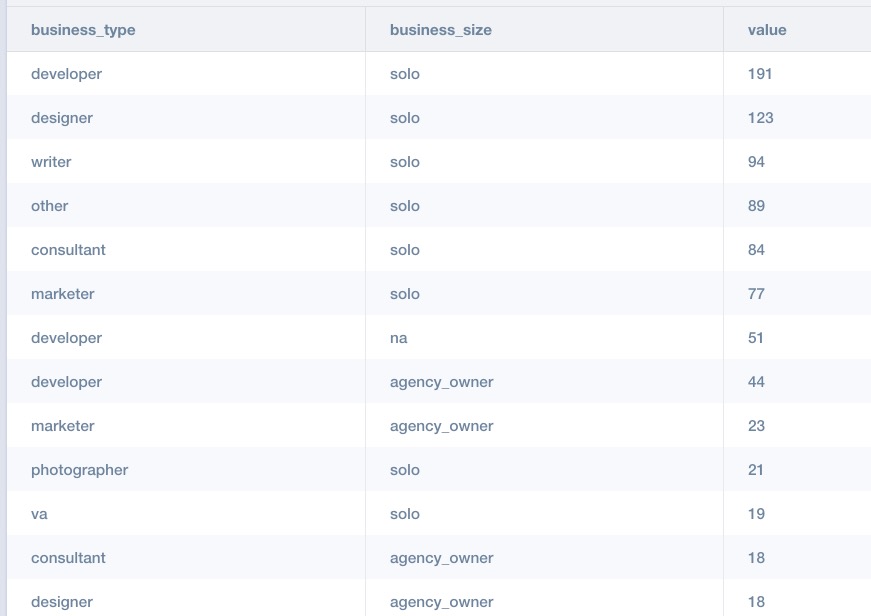
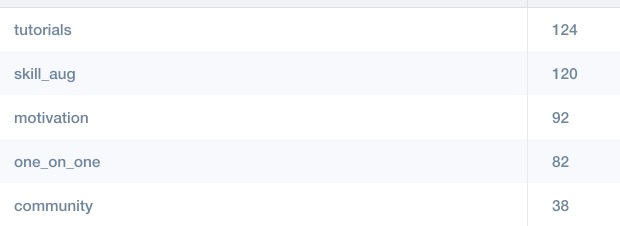
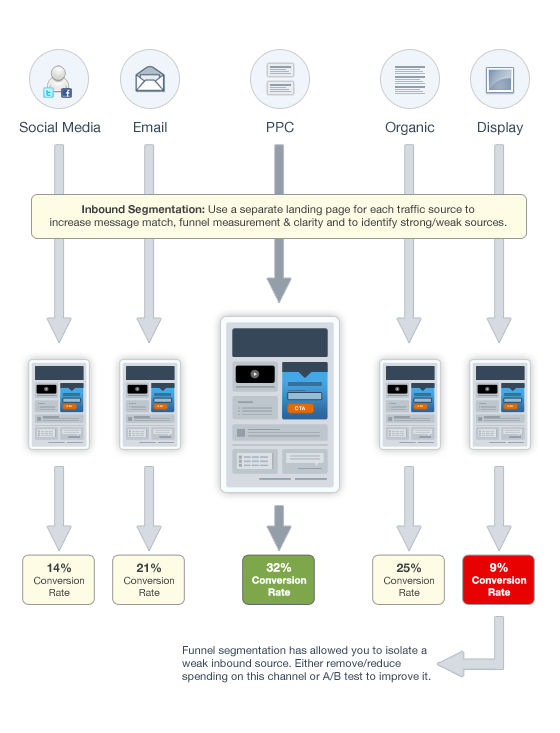
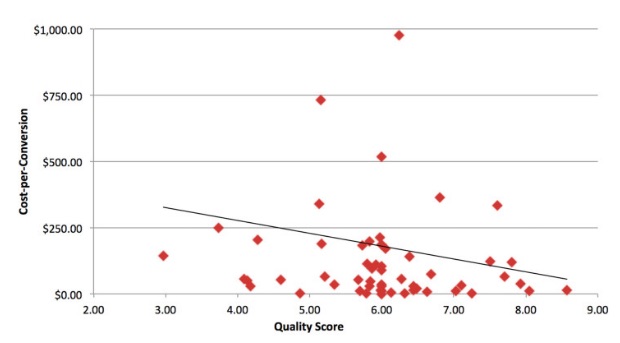
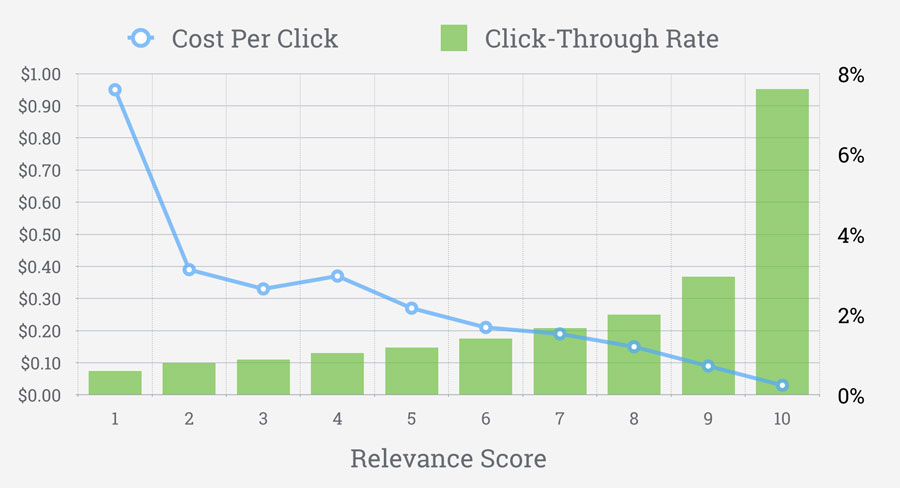
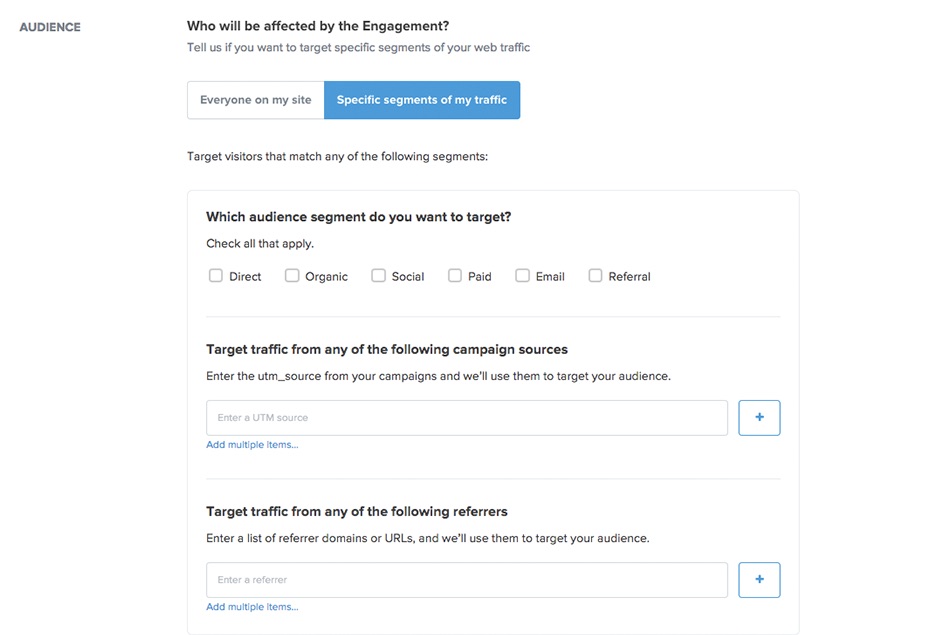
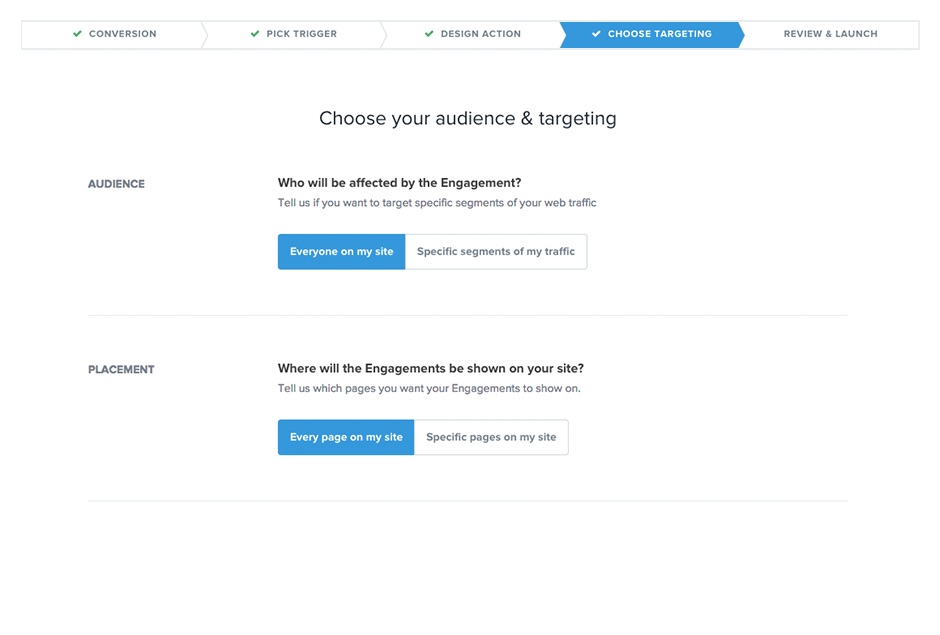
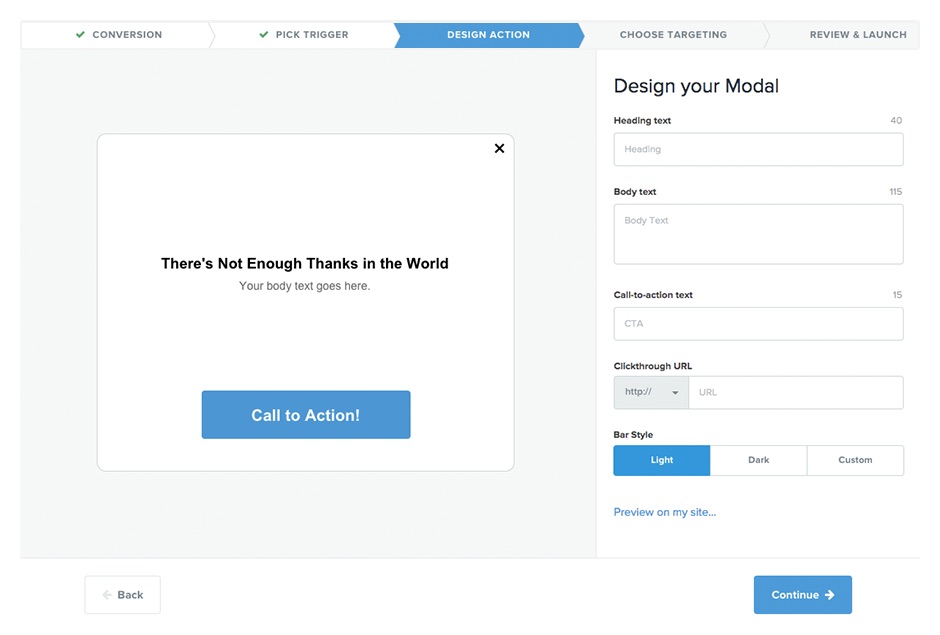

No comments:
Post a Comment